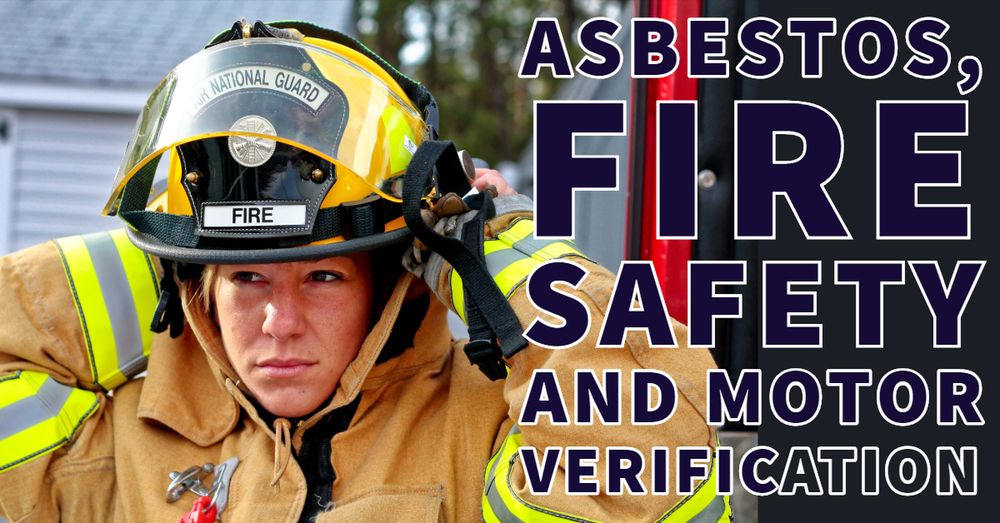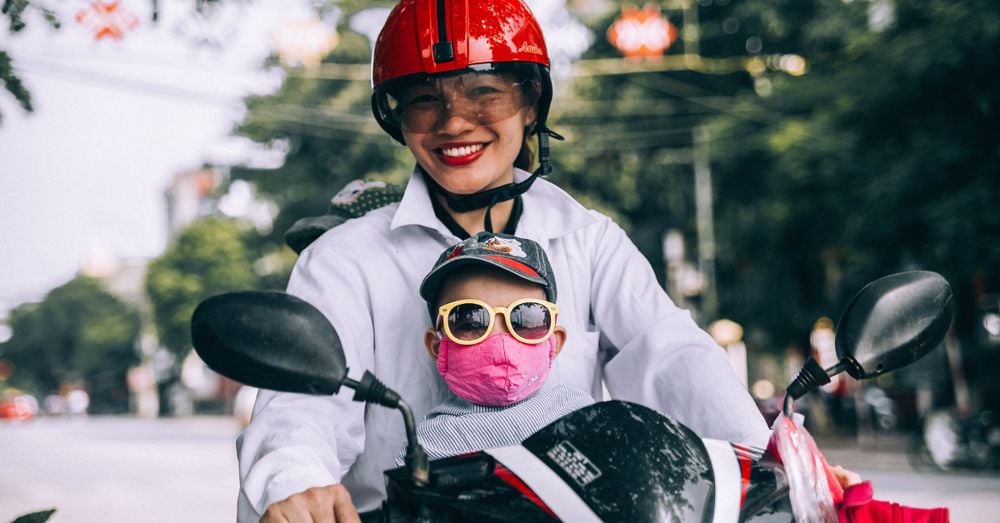
E-scooter: NZ Import Safety Concerns and How it Affects You
2-minute read
Peter McRae is calling on authorities to promptly address “regulation, categorisation and commercial concerns” regarding the importation of E-scooters.
In a publicly-released commentary, Mr McRae identified issues in three specific areas:
- Appropriate design and resulting classification of E-scooters as vehicles for transportation, not toys.
- Risk management for the expected increase in future motorised scooter imports.
- Need for greater regulation and systemic collaboration to ensure rider safety (via helmets, speed, etc.) as well as ensure public safety.
“These scooters are not toys, they travel at speeds of up to 48kph,” he stated.
“In the importing world, when an item is brought into the country, it is afforded a unique eight-digit classification which identifies the type of product. The code for toys always begins with 95, while all motorised bicycles, E-scooters and motor vehicles begin with 87.
“So, classification clearly shows them to be vehicles.
“However, the New Zealand Transport Agency (NZTA) is sending mixed messages in its communication about E-scooters, leaving potential holes in regulation that should be there to protect people.”
Referring specifically to an NZTA notice of September 18 that advised E-scooters as “not being a motor vehicle”, Mr McRae stated the agency is “demonstrating a clear lack of understanding of the commercial versus public future of these vehicles”.
“Furthermore, the decision not to require a helmet is at odds with the classification of E-scooters as a motorised vehicle and even non-motorised bicycles in New Zealand. The safety regarding E-scooters has clearly not been met in New Zealand.”
Predicting a significant increase in the importation of E-scooters from both private enterprise and individuals, Mr McRae stated issues also presented regarding asbestos in brake pads, fire safety of motors and electric motor verification.
“As numbers of imports rise, so too does the requirement for NZTA to check more closely whether they do in fact meet the safety requirements that they claim to meet at the border. Recalls after an issue has arisen is an insufficient method of mitigating risk.
“Whether New Zealand has the staffing required to do this, in reality, remains to be seen. And whether New Zealand applies suitable penalties to offenders will also determine the scope of the future problem. “

Mr McRae called on the NZTA to unite with the New Zealand Customs Service and Ministry of Health in developing appropriate safeguards for the use of E-scooters, including:
- Implementing restricted riding areas.
- Stipulating the use of helmets.
- Establishing minimum age guidelines for riders.
“With the reality being that more and more E-transport businesses will enter New Zealand, it will become more and more critical that importing standards are upheld — and potentially even improved — to ensure the highest possible public safety.”
The comment was unable to be facilitated from the NZTA prior to publication.
Source: NZ Shipping Gazette
P.S. We’d love to answer any of your questions! Contact us now. Do you know of other people that will find this article useful? Please share it on social media. Thank you!
